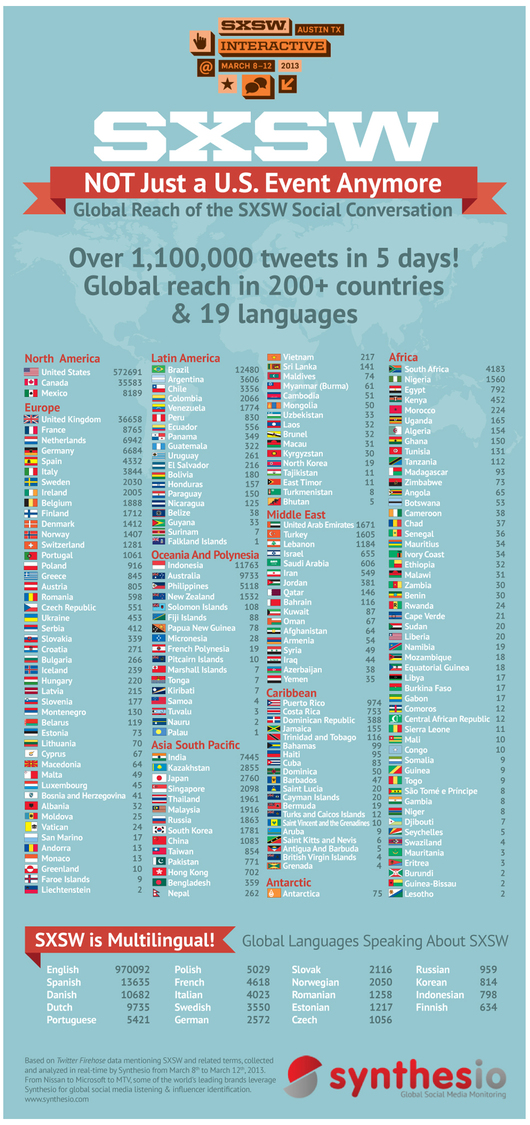In a rousing SXSW Interactive pop-up panel hosted by Expion and moderated by Advertising Age’s David Teicher, the subject of real time marketing was discussed. On the panel were Mondelez VP of Global Media and Consumer Engagement Bonin Bough, Oreo Senior Associate Brand Manager Steve Doan, Expion Chief Innovation Officer Albert Chou, 360i VP of Emerging Media David Berkowitz and Vayner Media Co-Founder Gary Vaynerchuk. Held at Pete’s Dueling Piano Bar on 6th street, the panel shared theories and practical advice for brands navigating the ever-quicker stream of media that now rules our daily lives.
The fact the panel was held at Pete’s Dueling Piano Bar was apropos. To see Bough and Vaynerchuk share a microphone was both comical and practical. Comical because the two couldn’t comment enough on each other’s commentary. Practical because had each had their own microphone, it would have much like, well, a pair of pianos dueling each other.
Doan began by explaining that nine months ago, OREO made a concerted effort to figure out how to communicate with consumers “in a new social space.” The brand realized there was a huge opportunity to engage with millennials instead in addition to the brand’s core audience of moms. And social media was the perfect place to do so. While Oreo certainly did plan to engage during the Super Bowl, much to the chagrin of conspiracy theorists, the brand did not pull the plug at the Mercedes-Benz Superdome
Bough pointed out that brands must have the “willingness to prepare” for events that may present opportunities to engage with customers. Learning how to respond in real time will be an important new skill for brands to master and fear must be left at the doorstep.
To the point that brands must be willing to engage, Berkowitz noted that if everyone involved with a brand marketing team isn’t on top of large live events that may present opportunities to engage, “odds are you aren’t doing your job.” It was also noted the the mentality of the campaign is still far too ingrained in the minds of marketers. There is no beginning, middle and end any longer. While planning will always play a role — Berkowitz shared that his team had several “dry runs” in advance of the Super Bowl — brands have to be nimble and ready to act on a moments notice when an opportunity presents itself.
Vaynerchuk joked he had some real time marketing ideas for the Super Bowl as well but didn’t receive approval until two days after the game. Bureaucracy doesn’t fly in what has become an extremely faced paced practice.
When Teicher mentioned the lemming-like roundup of “best uses of realtime media at the Oscars, Vaynerchuk jumped in and made note, “This world is predicated on campaigns and f%$king winning awards in France – dumb shit that doesn’t matter.” Vaynerchuk argued that much of the “real time” content brands posted during the Oscars did far better from a sharing standpoint (retweets, etc.) than the average activity those brands see on a daily basis. In his mind, those brands, even though they weren’t Oreo’s Dunk in the Dark, over-performed compared to a brand’s baseline.
Bough agreed with Vaynerchuk saying “number matter, dude” and urged brands to take note of “the cultural moments around which we know conversations are going to happen.” Bough’s point speaks to the controversy surrounding real-time marketing. Purist believe for marketing to be real-time, there should not be preparation. More practical marketers realize a little preparation — even if it comes in the form of Twitter image templates — isn’t a bad thing. In fact, it’s just smart.
On the broader topic of brands creating content akin to the content media companies create, Vaynerchuk argued owned media is a platform every brand should adopt, if not, at least explore, because brands should no longer have to “rent with dollars” space from other media in the form of banners, print ads or TV commercials. As content marketers already know, brands do not need to rely on media companies to spread their content.
Bolstering Vaynerchuk’s point, Bough argued skeptics of so-called “non-working media” (owned, earned) should ask themselves what Oreo-related content they recalled from the Super Bowl, the ad or the Dunk in the Dark real-time ad. By far, the discussion surrounded “non-working media” which all the panelist agreed is a pretty stupid term to describe something that actually works.
In terms of Big Data management, something the panelists acknowledged is extremely important when managing real-time marketing programs, Chao explained the Expion offering. Hey, it was a sponsored panel. You think these things happen for free? Anyway, here are the eight points behind Expion’s Real Time Marketing Technology:
1) Flow – Identify all relevant activity streams
2) Integrate – Connect all streams with common topology
3) Find – Search for topical conversations
4) Influence – Determine the importance of the conversation
5) Relevancy – Is the conversation important to the brand
6) Alert – Notify the right marketer to engage
7) Frame – Provide a snapshot brief of the conversation underway
8) Engage – Brand engages with relevant content at the right moment
So, yes, just months after real-time marketing became a “thing” –although Bough would argue he’s been doing real-time marketing since he worked on Gatorade four years ago — there is a process and technology to make it all happen.
But that’s not the important take away here. The most important issue the real-time marketing trendlet has brought to the forefront — much the same way Twitter and other social media did — is that the campaign is dead. The notion a brand can neatly package an on-brand message with all elements predetermined is flawed thinking in a world where reacting in seconds can make or break a brand’s perception.
It will most certainly not be easy for brands to make the transition to a real-time mentality. It’s just not the nature of things in a corporate world with layers of bureaucracy and endless approval cycles. But in a world where brands don’t control what’s being said about its products, let alone even be able to define it, there really is no choice. Brands have to move at the speed of social conversation. No, they don’t have to join – or even acknowledge every conversation — but they do have top have a clear handle on what’s being said and have a plan in place to act quickly if need be.
That’s all realtime marketing is. Having the ability to think and move faster than ever before. We son’t get there overnight but we will. We have to. The greater public’s already there. There’s really no choice but for brands to get their RTM act together. Yes, I did just say that.






























